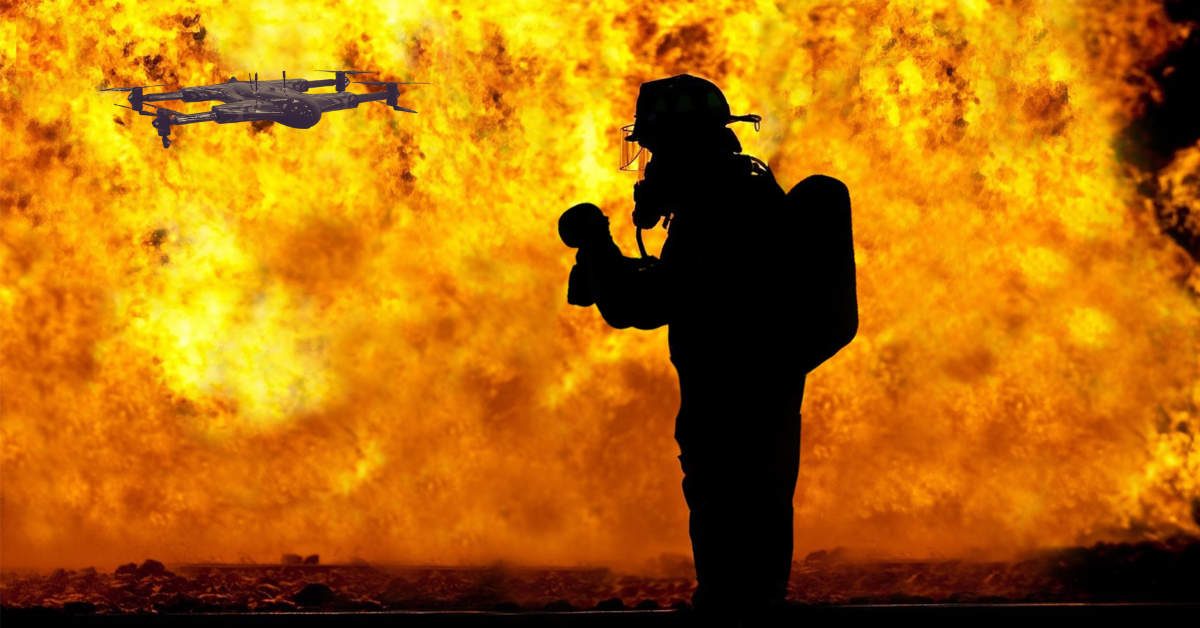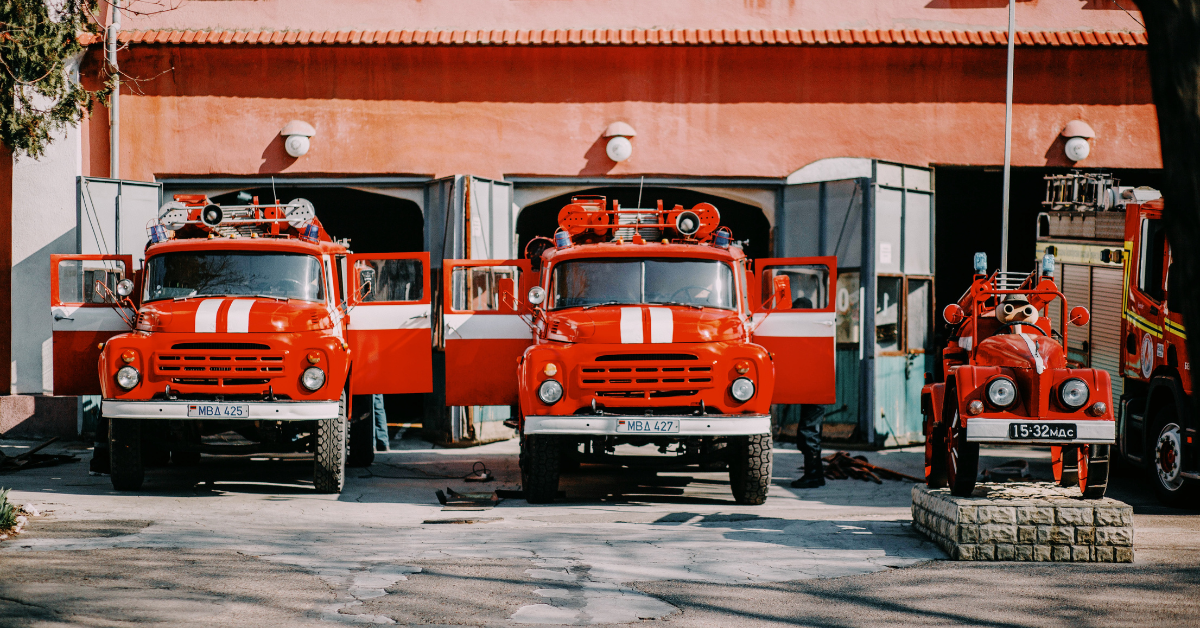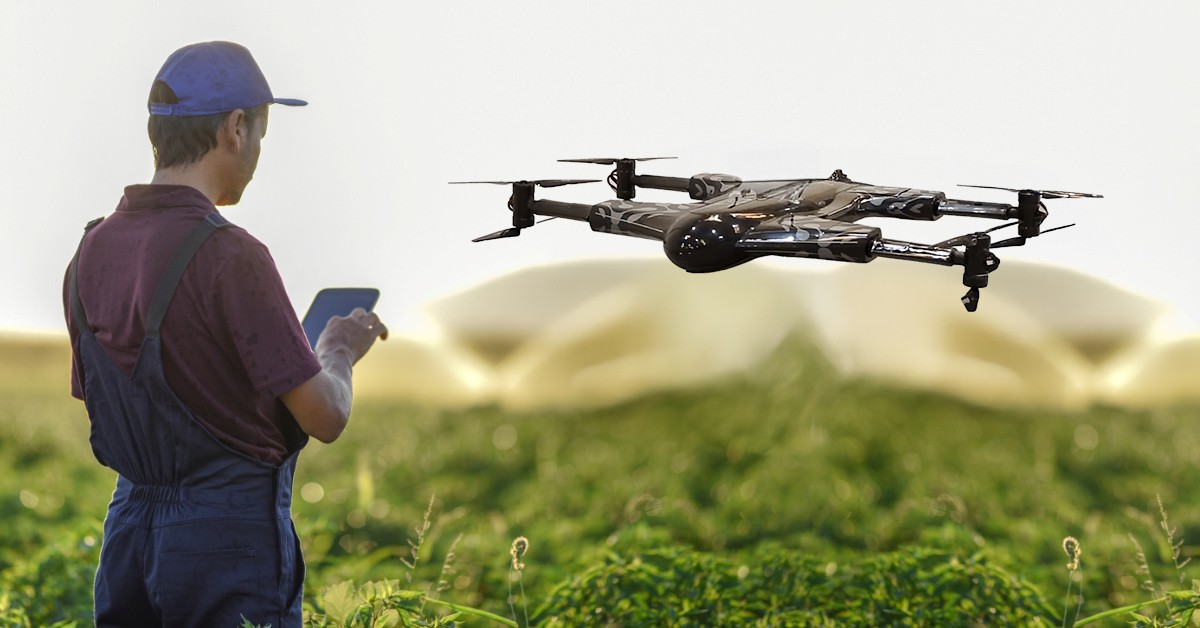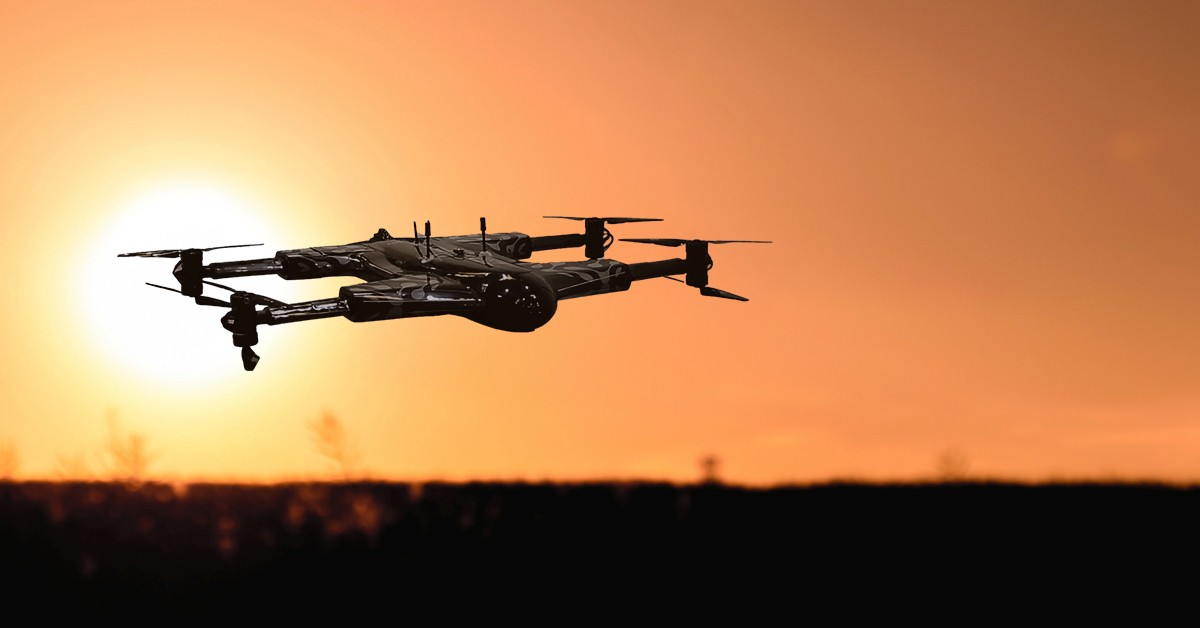Drones in Firefighting – Revolutionizing Fire & Rescue Operations
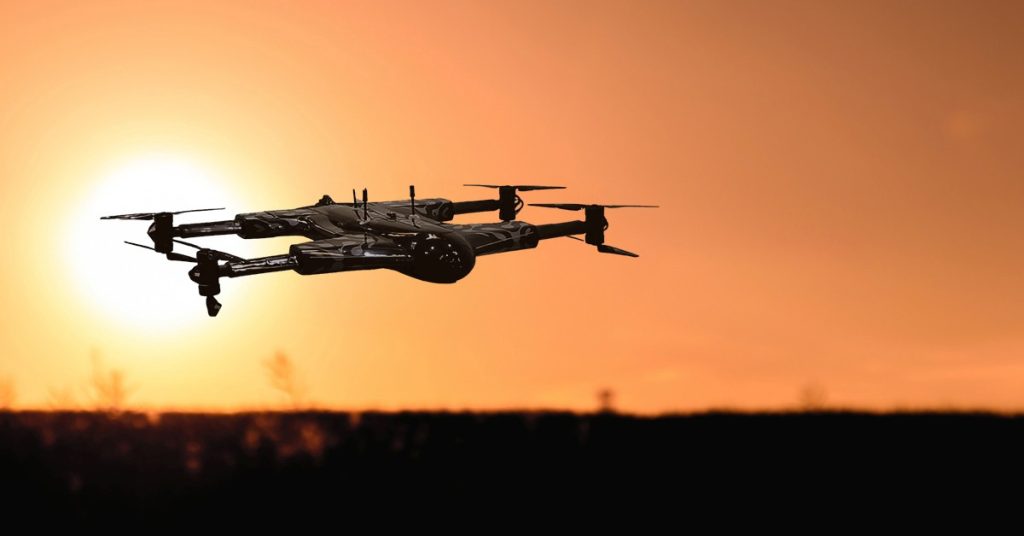
According to the latest records from the National Fire Protection Association (NFPA), since January 1, 2025, there have been 17,400 wildfires in the United States, damaging a total of 822,951 acres. This record significantly exceeds the ten-year average of 11,792 wildfires and 737,978 acres burned. Destroying properties, wrecking communities, and even killing lives are just some of the inevitable takeback of fire incidents.
That fact alone speaks to how devastating fire disasters are; hence, technological solutions are one step ahead in saving lives and properties. Firefighting drones are one of the latest innovations in firefighting. In recent years, fire departments have enhanced their strategy and work operations, alleviating their emergency response with enhanced situational awareness and less risky procedures. To understand more about this technology, read here about the essential roles of drones in fire service operations and how they revolutionize the industry. Also, learn about its benefits and discover the best ones available.
How Drones Are Changing Firefighting Operations?
Like any other modern problem, dealing with fire incidents requires modern solutions. Adopting technological solutions like firefighting drones is one of the effective strategies to combat fire incidents. But let us define first what a firefighting drone is. Drone technology, or Unmanned Aerial Vehicles (UAVs), is a device or equipment integrated with high-definition cameras that captures what is happening on the ground from an aerial perspective. As a firefighting aid, a firefighting drone helps firefighters get a glimpse from above with its high-quality camera backed with advanced sensors. This enhanced vision is what modernizes their firefighting operation.
Fire departments worldwide are now utilizing drones for more efficient operations. They help them with faster data-gathering and accessible aerial surveillance. This technological solution makes planning and making reasonable decisions more manageable. A firefighting drone can also navigate dangerous and difficult-to-reach areas, reducing the risk of injuring firefighters.
All these are ways to upgrade the fire rescue operations beginning with the drone’s key capabilities. Here are the following critical functions of drones suitable for fighting fire outbreaks:
- Thermal Imaging: This function enables rescue workers to detect heat signature remotely. Deploying drones on the field can help them locate hotspots, helping firemen to distinguish what areas need extra attention and immediate action. If the vicinity faces heavy smoke and large combustions, thermal imaging drones for fire rescue can help measure accurate temperature which is beneficial for a strategic plan of action to combat the fire.
- Aerial Monitoring: Drones in firefighting operations provide a bird’s eye view on the actual fire progression. This is an accessible option for aerial assessment since authorities do not need a helicopter or get over high-rise places just to see the full overall situation. Instead, it allows rescue teams to monitor and understand the set of circumstances even from afar. Visual data also gives them an edge for effective fire suppression.
- Real-time Communication: Being up-to-date is crucial for firefighting operations. A fire rescue drone can record and transmit live videos via a central processing unit allowing firefighters to communicate actual disaster conditions with other firefighting units. It can provide updated situational assessments that can help in making decisive actions.
These are just some of the key capabilities that make a drone essential for fire departments nowadays.
Firefighting Drones Key Applications
Here are some uses of firefighting drones to help fire departments in their work operations
Fire Detection & Prevention
Both the drone’s thermal imaging and camera with sensor are essential functions as they work as fire spot detectors. You can prevent worsening of fire activity as the drone captures and records the landscape and shows critical ground information. For instance, the fire department can deploy a drone to areas where there is a high chance of wildfire to occur. They can schedule regular aerial viewing to determine if there are heat spots that may trigger a wildfire anytime. If the team plans to conduct regular aerial monitoring, a drone is the most suitable option. Regular field surveillance is a proactive approach to prevent wildfires from occurring in high risk areas.
Aerial Surveillance & Situational Awareness
A firefighting UAV supports real-time communication and footage by transmitting live footage to a central processing unit that allows the decision makers to make intelligent inference based on the input data from the drone. It is an ideal functionality for surveillance operations especially in active fires. Once the drone is deployed, its footage can help firefighters view the fire scene comprehensively, strengthening situational awareness that helps them act out a plan of action efficiently.
Applying drone technology also increases the success rate for their tactical missions. For instance, some advanced drones can report changes regarding environmental conditions like wind speed or predict weather situations. This awareness can help the team formulate better actions by considering the data collected and prevent catastrophic damages and injuries. Hence, in addition to surveillance, the fire department can also ensure an in-depth analysis of the affected area to prevent the fire from spreading to potential nearby neighborhoods.
Fire Suppression and Extinguishing
Advanced firefighting drones can easily extinguish or suppress fires. Some specialize in firefighting or may have additional functionality to help put a stop to an ongoing fire. These two types of firefighting drones are:
- Water-Dropping Drones: This firefighting drone carries large amounts of water as a payload. So, in addition to locating the affected area, firefighters can operate it for direct watering. It allows the fire department to extinguish fire remotely or before they access it.
- Fire-Retardant Spraying Drones: This type of firefighting drone is known for its spraying solution containing fire-retardant substances. It helps the rescue team slow down flames, stop fire ignition, or even prevent fire.
So, instead of traditional fire suppression, where firefighters manually check the place before taking action, adopting drones can help them immediately respond before they can even perform their usual operations.
Search & Rescue – Saving Lives with UAVs
Another application of UAVs in firefighting is aiding in search and rescue missions. One of the challenges in dealing with fires is locating trapped victims. Instead of risking the lives of firefighters, they can use drones to guide them in doing so.
An advanced firefighting drone has an infrared camera ideal for nighttime searching. It guides the rescue team in finding the best route and ensuring thorough searching. The drone can also deliver survival kits to inaccessible areas, allowing rescue teams to respond immediately before they even arrive. Adopting drones in firefighting missions has already saved over a thousand lives, making the operation as manageable as possible, day or night.
Features to Remember
Besides those top firefighting drones, here are some features to check if you want to see other products. Remembering the aforementioned key capabilities is better as it connects to the must-have features. Here are some of them:
- High-quality camera for clear and crisp footage
- Multispectral sensors, like thermal and infrared sensors, for well-detailed imaging
- Extended battery life for long flight duration
- Check the payload capacity to consider that it can transport water or fire retardant
- Real-time connectivity to ensure a smooth and stable operation
- Autonomous flight in case of emergency, the drone can work remotely
- AI-powered for identification and situational evaluations
- Reliable drone body and design for different atmospheric pressures.
Benefits of Using Drones in Firefighting
Adopting drones serves several benefits for fire departments, highlighting the operations’ safety, efficiency, and efficacy. In this part, we will understand the remarkable benefits of drones for firefighting.
Faster Response Time
Deploying firefighting drones before reaching the affected area is an advantage for the team. While they are on the way, they can already monitor the situation and formulate decisions. While some firefighting drones can spray water, they can also remotely extinguish the affected place to slow the spread of fire. Drones can also make immediate assessments and locate victims even from afar.
Improved Safety
Firefighting will always be risky; however, the fire department will try to reduce the danger as much as possible. Saving lives begins with extra precautions for firefighters, and adopting UAVs in firefighting is one step towards this. Providing real-time footage and monitoring allows them to assess the situation and see which parts are dangerous for human responders to access
Cost Effective
Drones are cost-efficient alternatives if the rescue team plans to upgrade its traditional firefighting method. They can reduce the workforce by sending enough people on the ground while eliminating the need to rent a helicopter for aerial imaging. Drones are also cheaper and more accessible. Hence, it saves the fire department’s resources without compromising the need to do aerial surveillance.
Better Decision-Making
Understanding the situation and making sound decisions is crucial in firefighting. Drones can help gather essential information. In the post-fire assessment and recovery phase, the data collected can help formulate a visual representation showing the fire’s impact, damages, and what they can do.
Drone data can produce a 3D or 2D representation, making it easier for the department to visualize the situation. They can capture the burnt area and create visual models showing damage to structures, plantations, infrastructures, and other affected entities. This will help them plan how to process their recovery from insurance claims, post-fire investigations, etc.
Firefighting Drones: Challenges and Limitations
As the fire department takes advantage of how they can upgrade their work operations with drone solutions, it also comes with challenges and limitations. Here are some of them.
Regulations & Airspace Restrictions
Every country has different airspace rules for deploying drones. Although most fire departments are usually connected to the government authorities, they must still follow their respective airspace rules. And since there are rules they must abide by, their drone deployment can also be limited in certain areas. For instance, in the U.S., they must follow FAA Part 107 regarding using drones for certain operations. It is also advisable to have well-knowledged drone operators as their navigation can be more complex since the department must comply with local and national drone operations laws. Ergo, adopting drones in firefighting will take a lot of time and consideration to see.
Battery Life and Flight Duration Limitation
Another concern with drones in firefighting is how long they will last for a single operation. Hence, the department must research and choose wisely when picking a drone. They must check how long a particular drone can operate. Some of the commendable ones can even last an hour.
However, if the department can only afford drones that can last around 30 minutes, it is better if these drones can charge at least as fast as possible. That way, even if they keep recharging, they will only need a couple of minutes. But if there is a choice, get the one with extended battery life and a fast charging ability. It will save the hassle, allowing them to enjoy the drone’s full potential.
Weather and Operational Challenges
Weather conditions have a significant impact. Atmospheric changes, such as strong winds or a rise in temperature, challenge operations. Hence, choosing a firefighting drone with a compact and robust body in addition to its commendable functionalities is always better. The more it can withstand weather and environmental changes, the more it can ensure a successful job.
Future of Firefighting Drones – What's Next?
The growing market for drones, projected to reach over USD 95.4 in 2024 at a CAGR of 10.1%, will encourage industries to adopt this technology in everyday work. And like any other industry, the fire department is one great example. So, what do you need to expect in the following years with firefighting drones? Here are some things you need to check out.
AI-Powered Drones for Autonomous Firefighting
AI-powered drones can perform autonomous operations like sending water or fire retardants to hard-to-reach areas and essential supplies to remote areas whenever needed. The AI algorithm analyzes the situation and makes data-driven decisions for its autonomous operation based on fire spread patterns, environmental changes, wind conditions, and other relevant factors. Hence, wherever the rescue team is, they can remotely monitor those affected areas.
5G & Real-time Drone Connectivity
Another trend for firefighting drones that fire departments must check out is their advanced real-time connectivity powered with 5G technology. Advanced ones ensure ultra-high reliability, where rescuers can keep up with what is happening on the ground. This connectivity ensures seamless data transfer, which is crucial during the operation.
Integrating with Robotic Firefighting Systems
According to the NFPA, the ideal response time for a fire emergency should be 9 minutes and 20 seconds. Of this time, 14.3% should be for turnout time and 85.7% for travel time. Given this fact alone, it is no wonder that most fire departments are upgrading their response through technological solutions like robotic systems.
There are already case studies of drones showing their effect on work operations in fire emergencies. Some departments are also adopting ground-based robotic systems to perform tasks on the field, like clearing debris or handling fire suppression equipment. In the future, robotic systems and drone technology will likely come together to aid firefighters.
Conclusion
As the years go by, the role of firefighting drones will continue to grow, upgrading the existing methods. Let fire departments carry out their missions with enhanced situational awareness, faster response action, and even increase the safety of firefighters.
Like any other technological solution, these drones will evolve to save more lives. Hence, learning more about them and keeping updated on their progress can help every fire department realize what they can do for them.
Latest Posts
Social Profiles






